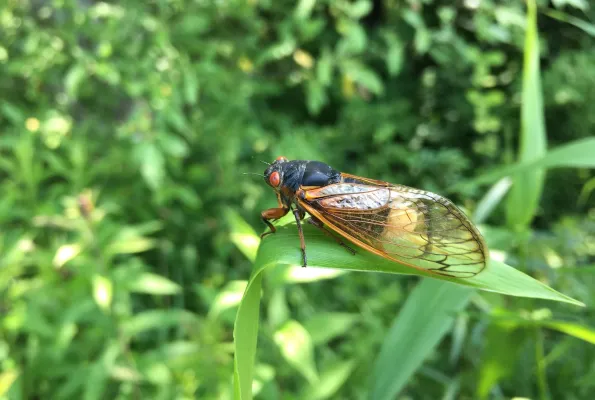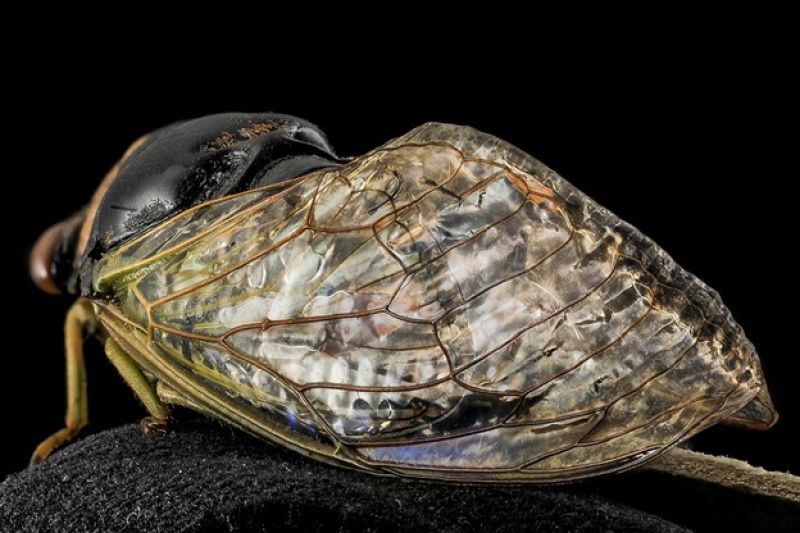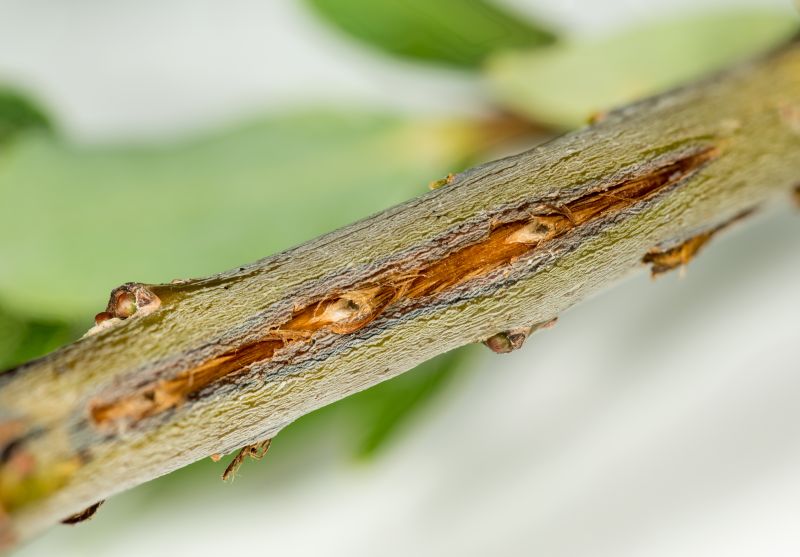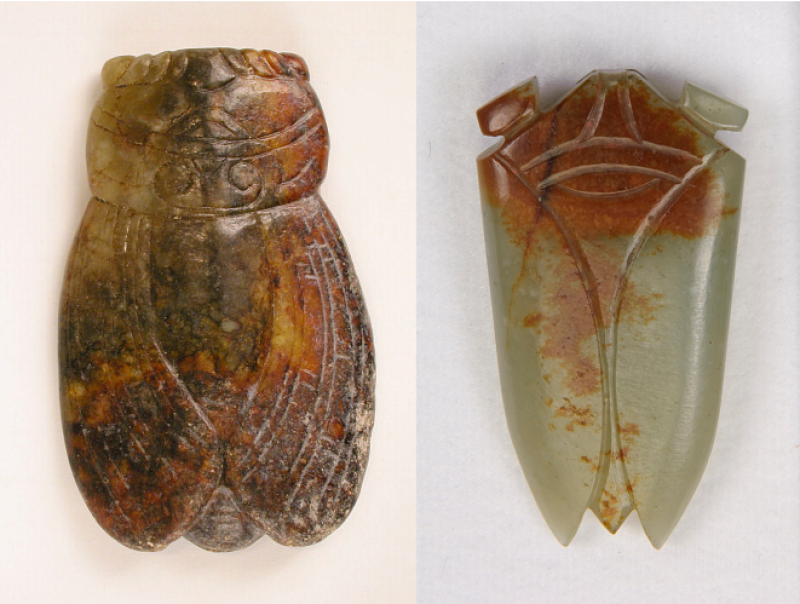
Science, art and culture: Cicadas impact our lives more than just once every 17 years
Over the next few weeks, trillions of cicadas will tunnel upward from deep underground after 17 years to live out their last days. They’ll shed their skin to become mature adults and within several weeks, mate, lay eggs and die. Brood X (Brood 10), also known as the Great Eastern Brood, has the greatest concentration and range of the 17-year cyclical cicadas and are an awesome spectacle of nature. These periodic swarms of cicadas can disrupt or enliven everyday life for humans and are a critical event for researchers to better understand everything from climate change to disaster preparedness to our cultural history.
Chris Simon, professor of ecology and evolutionary biology at the University of Connecticut and a U.S. National Science Foundation-funded researcher, has spent much of her career studying these magical cicadas and encourages curious minds to think big about these critters.
Here, Simon gives five surprising reasons cicadas make excellent research subjects.
1. Cicadas help us study geographical and environmental diversity
Because different populations of periodical cicadas emerge in different years, they are reproductively isolated from other groups of the same species. These factors help scientists to understand how a single species can change over time in different geographic areas, climates and environmental conditions. You can be part of the citizen science research team by taking pictures of cicadas in your own backyard using the Cicada Safari app, which helps scientists track where and when cicadas emerge and how dense they are in any given area.
2. Cicadas inspire design
The wings of cicadas are lightweight water repellant and differ in reflectivity due to their nanostructured pillars. The natural design of their wings has inspired techniques to create new materials such as light-scattering, antibacterial and water-repellant fabrics. To mimic the design, researchers use a technique called nanolithography, making an impression of the wings, and transferring it to other materials like polymer, silicone or gold.
3. They created opportunities to improve our disaster preparedness
Cicadas lay eggs in live or dead branches (depending on the species) a process called oviposition. This can cause major damage to agriculture like orchards, vineyards, and sugarcane. It has even disrupted the internet by cutting fiber optic cables as cicadas mistake them for withered branches. This led to engineers developing new technologies to make cicada-proof fiber optic cables. New shielding on cables is thick and smooth, making it less inviting to cicadas and keeping society online.
4. Cicadas are deafening
Cicada mating calls are extremely noisy, and can reach up to 100 decibels, or about as loud as a car horn 16 feet away. These loud calls are made possible by a special organ called a timbal, which contains a series of ribs that buckle and click as the cicada flexes its muscles. The collective buzzing of cicadas has disrupted major golf tournaments, weddings, graduations and even TV and movie productions. In New Zealand, police were using sound testing to investigate a murder, but the cicadas were disrupting their sensitive tests. To help with this, scientists recommended using firehoses to spray chorusing cicadas to reduce the noise.
5. Cicadas are cultural icons
There are more than 3,000 cicada species found across the world and have been significant in many cultures since ancient times. In some Asian cultures, cicadas are a symbol of re-birth, health, wealth and happiness. For many, cicadas have inspired art, music and theater. The French region of Provence proclaimed the cicada as their mascot and they are proudly displayed as good luck charms in pottery and fabrics. In New Zealand, a town is even named after the Maori -- the indigenous Polynesian people of mainland New Zealand -- word for cicada, Kihikihi, and features the Cicada Motel and a statue in its town square.







